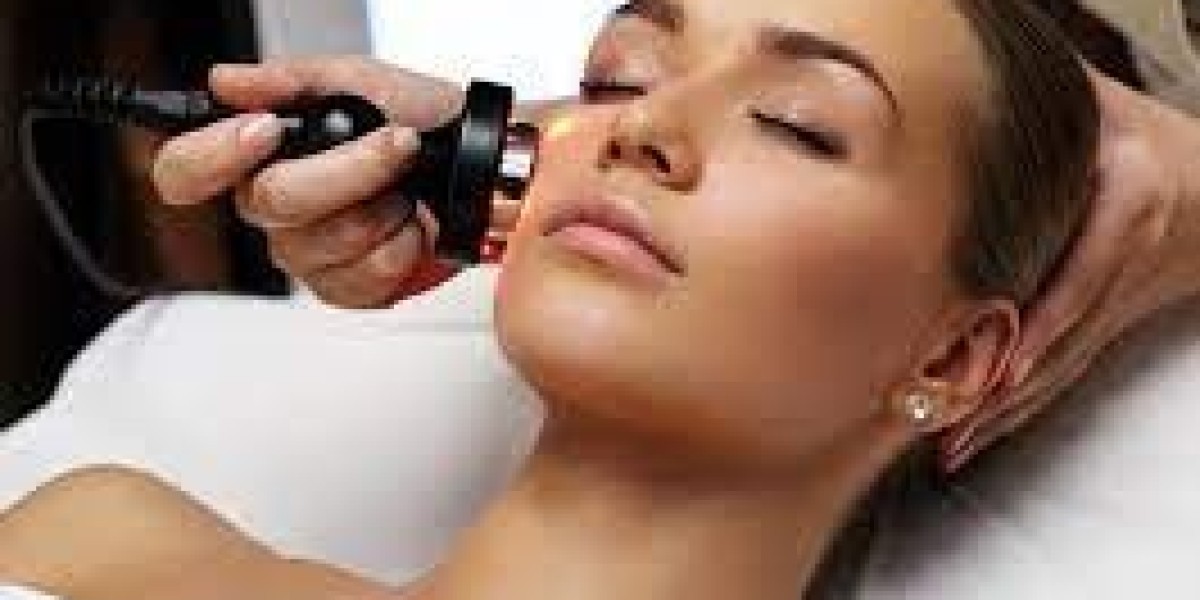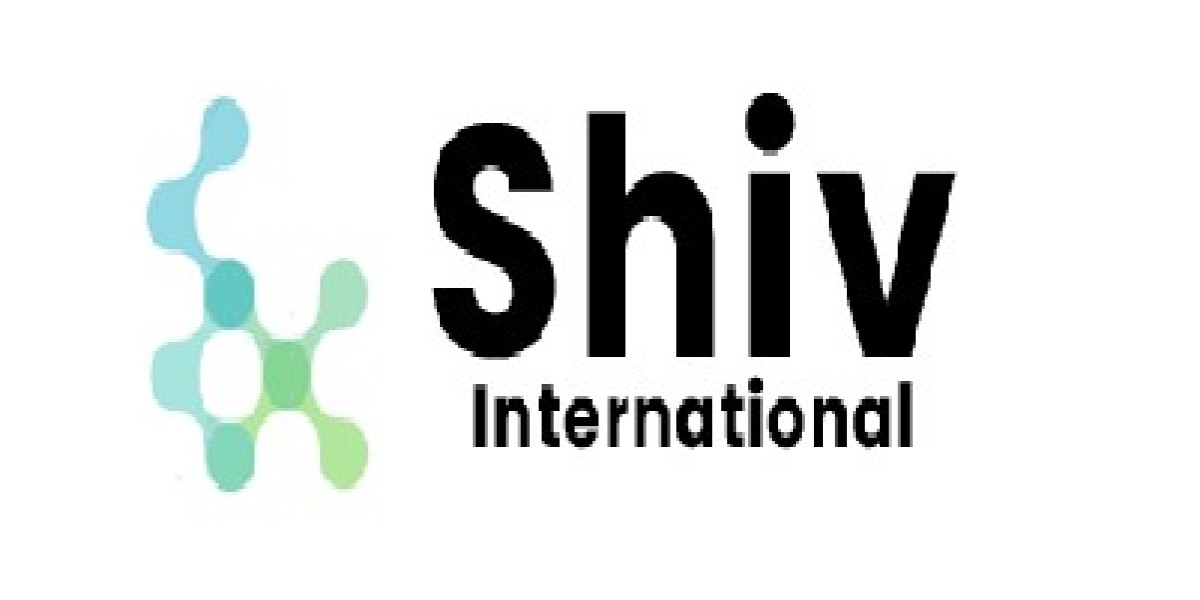Skin laser treatments have grown in popularity in recent years and offer a variety of options for different skin problems. Laser technology has completely changed the practise of dermatology from removing undesirable hair to lessening the visibility of wrinkles and scars. In this thorough guide we will examine the science underlying these therapies describing how they function and what you should know before considering them.
Understanding Laser Technology
How Do Lasers Work?
Laser which stands for Light Amplification by Stimulated Emission of Radiation is a concentrated beam of light. In skin laser treatments specific wavelengths of light are used to target different skin concerns. The laser energy is absorbed by the target area heating it up and causing controlled damage to the skin. This prompts the bodys natural healing processes leading to skin rejuvenation.
Types of Lasers Used in Skin Treatments
There are various types of lasers used in skin treatments including:
Carbon Dioxide (CO2) Lasers: Ideal for treating deep wrinkles and scars.
Erbium Lasers: Effective for superficial skin issues and fine lines.
Alexandrite Lasers: Excellent for hair removal and pigmentation problems.
YAG Lasers: Suitable for all skin types and used in hair removal and vascular lesion treatments.
Common Skin Issues Addressed by Laser Treatments
Acne Scarring
Acne scars can be challenging to treat with topical products alone. Laser treatments target the scar tissue stimulating collagen production and improving skin texture.
Wrinkles and Fine Lines
Laser therapy helps stimulate collagen and elastin production reducing the appearance of wrinkles and fine lines.
Unwanted Hair
Laser hair removal is a popular choice for long-term hair reduction. It works by targeting the hair follicles preventing regrowth.
Hyperpigmentation
Laser treatments can target excess melanin in the skin reducing the appearance of dark spots and uneven skin tone.
The Process of Skin Laser Treatments
Consultation and Assessment
Before undergoing laser treatment it is crucial to consult with a qualified dermatologist or aesthetician. They will assess your skin type concerns and medical history to determine the most suitable laser treatment for you.
Preparation and Aftercare
Proper preparation including avoiding sun exposure and specific skincare products is essential. After the treatment follow the recommended aftercare instructions to ensure optimal results and minimize side effects.
The Treatment Procedure
During the treatment you will wear protective eyewear while the laser is carefully applied to the target area. The duration of the procedure depends on the area being treated.
Safety and Risks
Skin Sensitivity and Reactions
Some individuals may experience redness swelling or sensitivity after laser treatment. However, these effects are usually temporary.
Potential Side Effects
Although rare potential side effects may include scarring infection or changes in skin pigmentation. These risks can be minimized by choosing a reputable provider.
Long-Term Effects
Laser treatments can have long term benefits such as improved skin texture reduced scarring and long lasting hair removal.
Choosing the Right Provider
Qualifications and Credentials
Ensure that your chosen provider is a licensed dermatologist or trained professional with experience in performing laser treatments.
Reviews and Testimonials
Read reviews and testimonials from previous clients to gauge the providers reputation and the quality of their services.
FAQS
How long does a laser treatment session typically last?
The duration of a laser treatment session varies depending on the area being treated but sessions usually last between 15 minutes to an hour.
Is laser treatment painful?
Laser treatment may cause a mild discomfort often described as a snapping sensation. However most people tolerate it well and providers can use numbing creams to minimize discomfort.
Are there any restrictions after a laser treatment?
After a laser treatment it is advisable to avoid direct sun exposure and follow any post-treatment instructions provided by your provider.
How many sessions are usually required for optimal results?
The number of sessions needed varies depending on the treatment and individual factors. Typically multiple sessions are required for the best results.
Can anyone undergo laser treatment or are there restrictions?
While laser treatments are generally safe for many individuals some skin types may not be suitable for certain laser types. Consultation with a qualified professional is essential to de



